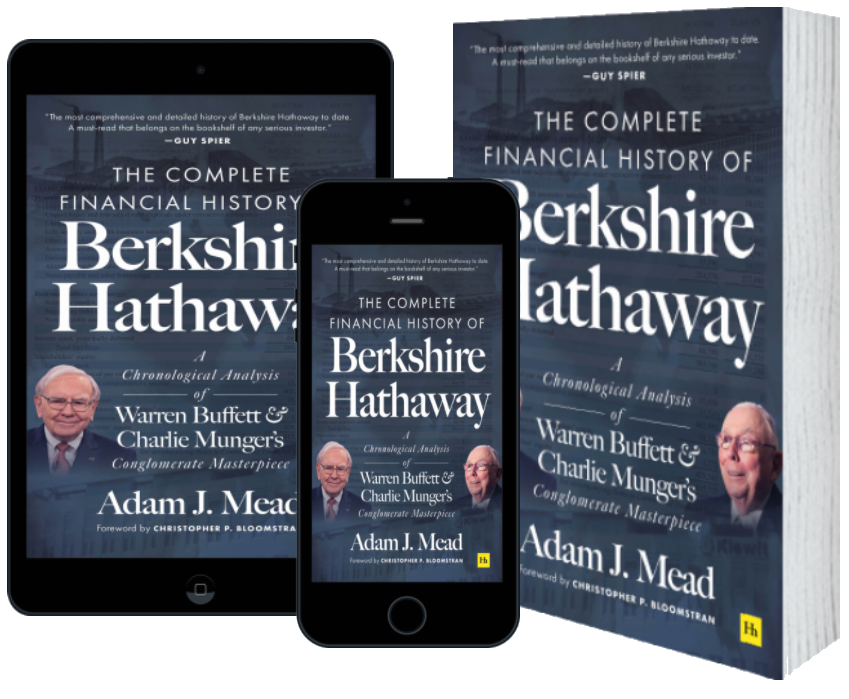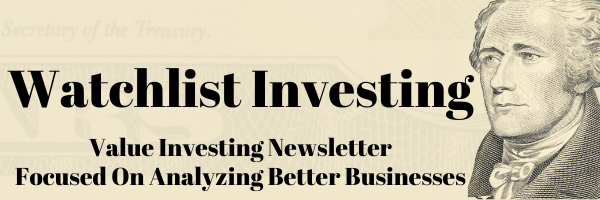
“The question must be asked, ‘Why another book?’ When you read this monumental effort by Adam Mead, the answer will be obvious…read cover to cover, both the uninitiated to Berkshire and its most ardent followers will derive enormous utility and satisfaction from it…I learned so many new and important things about Berkshire and its history. It is my pleasure to encourage you to enjoy this gem.”
– Christopher P. Bloomstran
This comprehensive analysis distills over 10,000 pages of research material, including Buffett’s Chairman’s letters, Berkshire Hathaway annual reports and SEC filings, annual meeting transcripts, subsidiary financials, and more. The analysis of each year is supplemented with Buffett’s own commentary where relevant, and examines all important acquisitions, investments, and other capital allocation decisions. The appendices contain balance sheets, income statements, statements of cash flows, and key ratios dating back to the 1930s, materials brought together for the first time.
The structure of the book allows the new student to follow the logic, reasoning, and capital allocation decisions made by Warren Buffett and Charlie Munger from the very beginning. Existing Berkshire shareholders and long-time observers will find new information and refreshing analysis, and a convenient reference guide to the decades of financial moves that built the modern-day respected enterprise that is Berkshire Hathaway.
buy the book